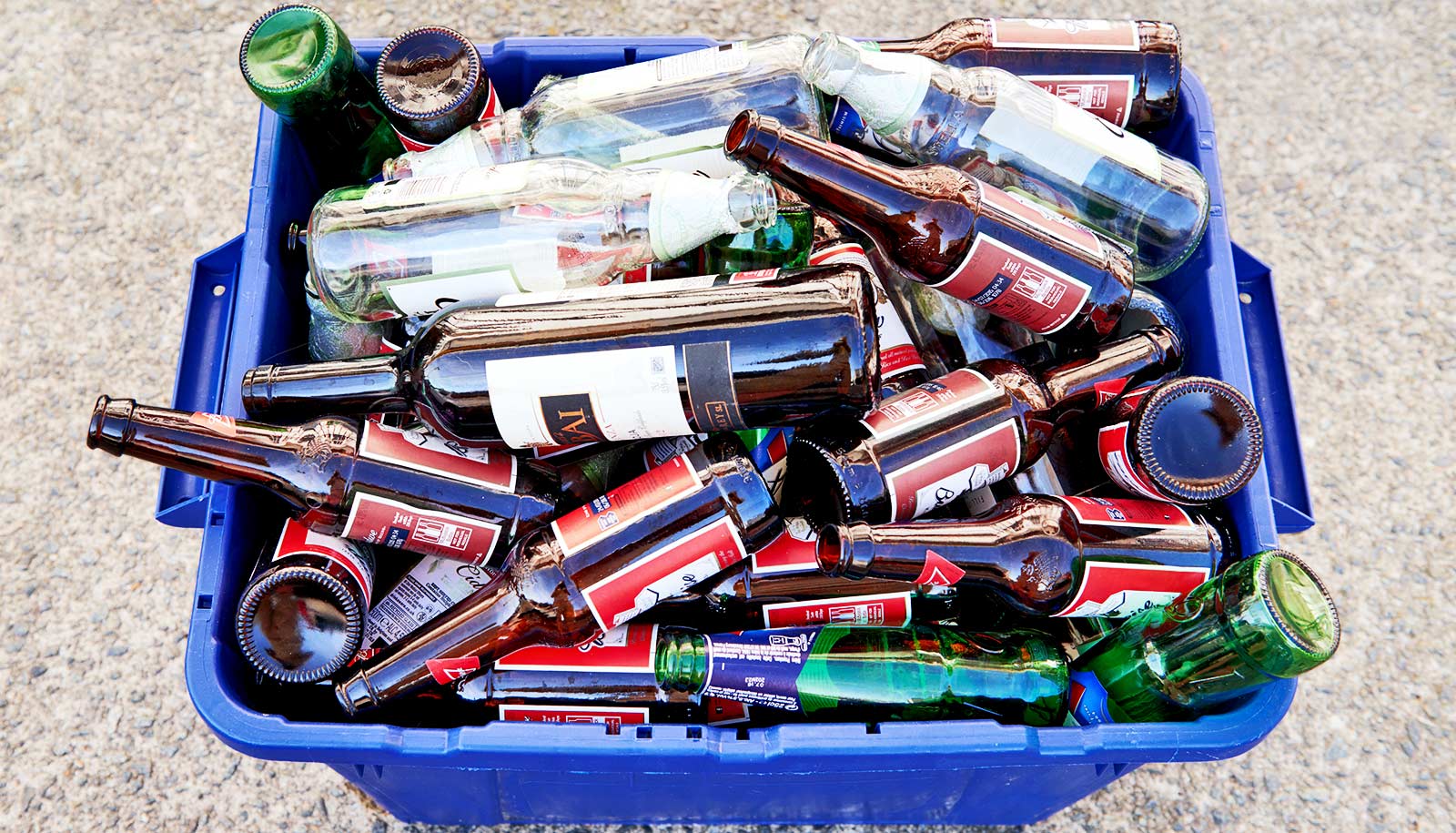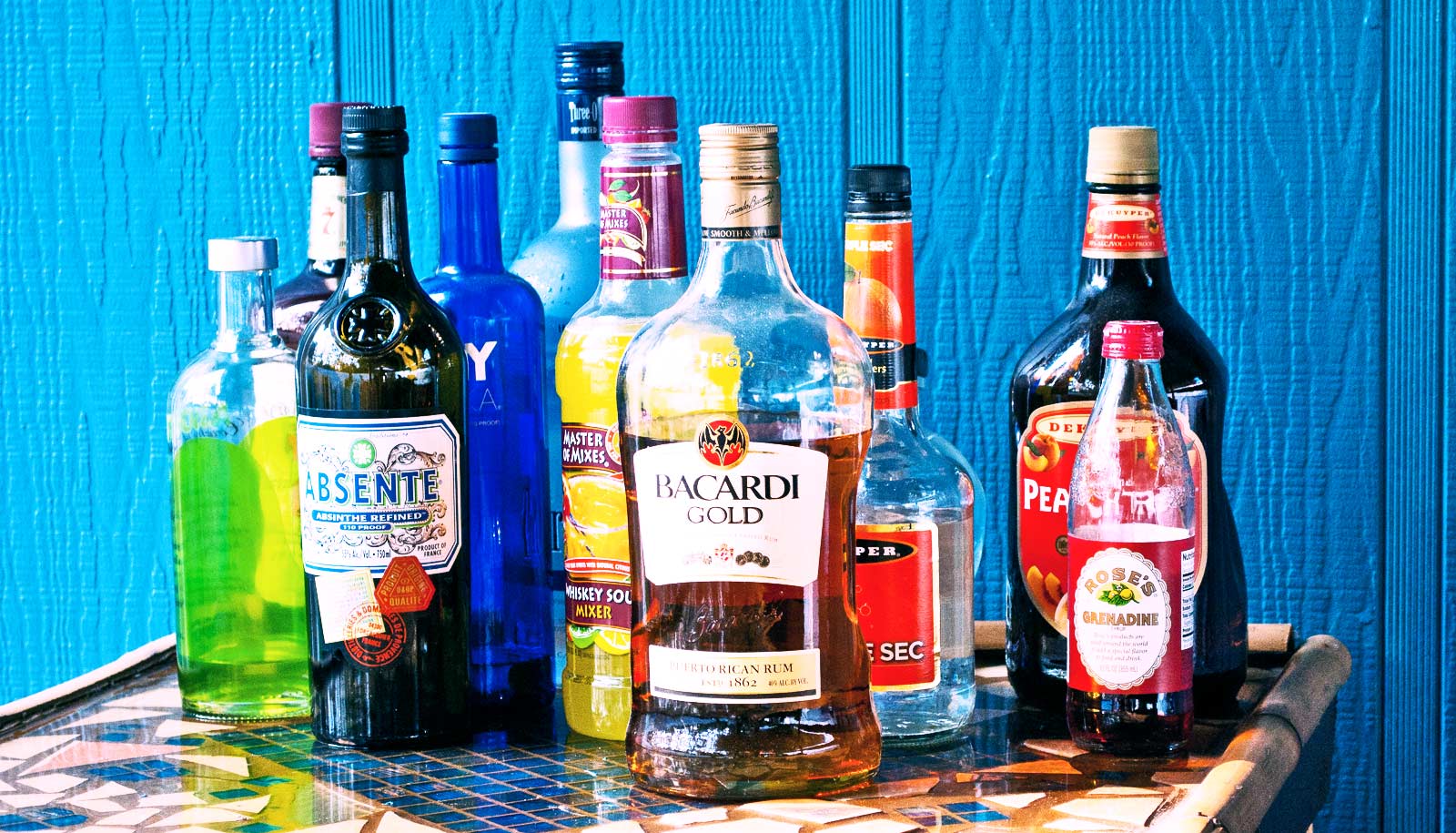Even though the vast majority of people with alcohol use disorder see their doctors regularly for a range of issues, fewer than one in 10 ever get treatment for drinking, according to a new study.
Some 16 million Americans are believed to have alcohol use disorder, and an estimated 93,000 people in the US die from alcohol-related causes each year. Both of those numbers are expected to grow as a result of heavier drinking during the COVID-19 pandemic.
Researchers analyzed data gathered from 2015 through 2019 via the National Survey on Drug Use and Health and found that about 8% of those surveyed met the current criteria for alcohol use disorder, the medical diagnosis for those with an addiction to alcohol.
Of these people who met the criteria, 81% had received medical care in a doctor’s office or spent time in a hospital or clinic during the previous year. But only 12% reported they had been advised to cut down on their drinking, 5% were offered information about treatment, and 6% received treatment, some of whom did not receive a referral from their doctor but sought out treatment on their own.
“It’s not that these people aren’t in the health care system,” says Carrie M. Mintz, assistant professor of psychiatry at Washington University in St. Louis and first author of the study in the journal Alcoholism: Clinical & Experimental Research. “But although they see doctors regularly, the vast majority aren’t getting the help they need.”
Mintz and colleagues evaluated data from 214,505 people with and without alcohol problems. They first wanted to learn whether people with alcohol use disorder had access to health care and if they did, whether they had been screened about their alcohol use. The researchers considered people to have been screened if their doctors simply asked how much they drink.
The researchers also evaluated whether people with drinking problems had been advised to cut down on drinking, had received additional information about treatment, or had received treatment or counseling. They found that although most people with alcohol use disorder had access to health care and although 70% reported they had been asked about alcohol use, that’s where the care stopped.
“Some primary care doctors may not feel comfortable telling patients they should cut down on drinking, prescribing medication to help them cut back, or referring them to treatment because they don’t specialize in treating alcohol misuse; but the result is that many people who need treatment aren’t getting it,” says senior author Laura Jean Bierut, professor of psychiatry.
“We used to see the same thing with smoking, but when physicians became educated about smoking and learned that many of their patients wanted to quit or cut back, doctors began offering more treatment, and more people were able to quit. We think the same thing may be possible with alcohol.”
Among treatments that could be prescribed are the FDA-approved medications naltrexone, acamprosate, and disulfiram, as well as psychotherapy and mutual-aid approaches, such as the 12-step program used by Alcoholics Anonymous.
“Alcohol use disorder is a chronic disease, but compared to other chronic diseases, it’s wildly untreated,” Bierut says. “For example, two-thirds of patients with HIV and 94% of patients with diabetes receive treatment, compared with only 6% of people with alcohol use disorder.”
The researchers note that during the pandemic, alcohol sales in the US increased by 34%. Consequently, they expect that as the country emerges from COVID-19 and returns to normal, the number of people with alcohol use disorder will have climbed.
“We know alcohol use and misuse have increased during the pandemic,” Mintz says. “It seems there has been a shift toward heavier drinking. Plus, many doctor’s offices, AA groups, and other support groups were shut down for a period of time, so we would hypothesize that even the relatively small percentage of people in treatment may have declined during the past year.”
The National Institute on Drug Abuse, the National Institute on Alcohol Abuse and Alcoholism, the National Institute of Allergy and Infectious Diseases and the National Center for Advancing Translational Sciences of the National Institutes of Health supported the work. The Substance Abuse and Mental Health Services Administration also provided support.



